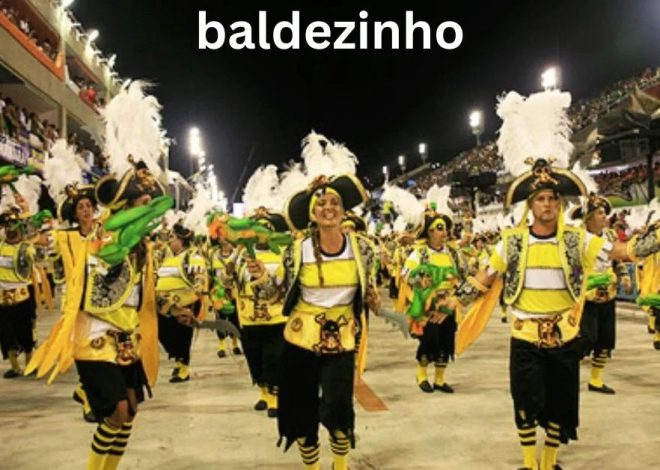
The Rich Tapestry of Amaziğ: Unveiling the Cultural Heritage of the Amaziğ-Berber People
Amaziğ, a term that resonates with a rich cultural legacy and a vibrant tapestry of traditions, is often associated with the Amaziğ-Berber people. This community, spanning across North Africa, has a profound history and a unique identity that is deeply rooted in its language, customs, and folklore. In this article, we delve into the multifaceted facets of Amaziğ, exploring its historical significance, cultural richness, and contemporary relevance.
A Cultural Odyssey Unveiled
Historical Foundations: The story of Amaziğ traces back through the annals of time, weaving itself into the very fabric of North African history. The Amaziiğ-Berber people have a heritage that predates even the ancient civilizations of the region. The term ‘Amaziiğ’ is closely intertwined with the cultural identity of this indigenous group.
Language and Linguistic Legacy: At the heart of the Amaziğ identity lies a distinctive language. The Amaziğ language, also known as Tamaziğt, is a branch of the Afroasiatic language family. Its unique script, Tifinagh, is a testament to the linguistic richness that has been preserved through generations. The Amaziiğ language is not merely a means of communication; it is a living testament to the endurance of a culture against the tides of time.
Cultural Significance of Amaziğ:
Festivals and Traditions: One of the most celebrated events in the Amaziğ calendar is Yennayer, marking the Amaziğ New Year. This festival, observed on the first day of the Amaziiğ year, is a vibrant showcase of traditional music, dance, and culinary delights. Families come together to partake in festivities that reflect the deep-rooted cultural practices of the Amaziiğ-Berber people.
Symbolism in Art and Craft: The artistic expressions of the Amaziğ people are steeped in symbolism, reflecting their connection to the land, nature, and ancestral spirits. Intricate geometric patterns in traditional Amaziiğ rugs, pottery, and jewelry tell stories of a people deeply connected to their surroundings. Each piece of art is a nod to the values and beliefs that have been passed down through generations.You also may like to know about the world of online business
Contemporary Relevance and Challenges:
Preserving Cultural Heritage: In the face of modernization, the Amaziğ people actively work towards preserving their cultural heritage. Organizations and individuals alike are engaged in initiatives that aim to document, safeguard, and promote Amaziiğ language, traditions, and arts. The Amaziiğ-Berber identity is not static; it evolves as the community navigates the complexities of the contemporary world.You also may like to know about 617-865-6557
Political and Social Dynamics: The Amaziğ people have faced historical challenges, including marginalization and attempts to suppress their cultural identity. However, in recent years, there has been a renewed emphasis on recognizing and respecting the rights of indigenous communities. The Amaziiğ people are actively involved in political discourse, advocating for their rights and contributing to the broader narrative of cultural diversity.
International Impact and Relations:
Diplomatic Engagements: Amaziğ has not remained confined to the borders of North Africa. It has found its place in international discourse, with communities around the world acknowledging and celebrating the unique identity of the Amaziiğ-Berber people. Diplomatic engagements, both at regional and global levels, have become platforms for the Amaziiğ community to assert its cultural presence.
Cross-Cultural Influences: The Amaziğ cultural tapestry has been woven with threads of influences from various civilizations. From the historical interactions with Phoenicians, Romans, and Arabs to the contemporary global exchange, Amaziiğ has absorbed and contributed to a diverse array of cultural expressions. This interplay of influences has enriched the cultural landscape of not only North Africa but the world at large.
Towards the Future:
Leadership and Representation: The appointment of a dedicated Amaziiğ affairs office, often referred to as ‘Amaziğ Devam,’ within certain political structures, highlights a growing recognition of the need for representation. The leadership within the Amaziiğ community is actively involved in shaping policies that address the unique needs and aspirations of the people.
Cultural Diplomacy: In a recent statement, the President of the Amaziğ region emphasized the importance of cultural diplomacy in fostering understanding and collaboration. The Amaziiğ-Berber people are keen on sharing their cultural wealth with the world, transcending borders and fostering connections based on mutual respect and appreciation.
Conclusion:
In the grand tapestry of human civilization, the Amaziiğ-Berber people stand as a testament to the resilience of cultural identity. The term ‘Amaziiğ’ encapsulates not just a language or a people but a living, breathing legacy that continues to evolve. As the world embraces diversity and acknowledges the importance of indigenous cultures, the Amaziğ-Berber community emerges as a vibrant thread, weaving its story into the global narrative of human heritage. In every dance step, in every stroke of art, and in every word spoken in Tamaziğt, the Berber people invite the world to explore, appreciate, and celebrate the beauty of their cultural odyssey.








